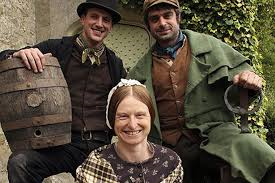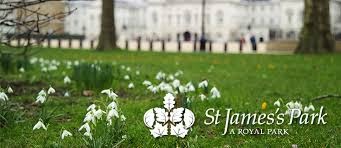Amazingly enough, I only discovered the six part documentary called Victorian Farm when I was trolling around Youtube recently. The show follows three modern day people spending a year as Victorian farmers in Shropshire and originally ran for six episodes in 2009.
From the BBC website:
“Working for a full calendar year, Ruth, Alex and Peter are rediscovering a lost world of skills, crafts and knowledge, assisted by an ever-dwindling band of experts who keep Victorian rural practices alive.
The team move into a Victorian smallholding on the Acton Scott estate that has not been used in nearly half a century. Their first task is the restoration of the cottage. As incoming tenants, they help thresh the previous summer’s wheat crop, their first experience of steam-powered machinery. Alex attempts to sow a wheat crop using horse-power. Ruth and Peter install a range in the cottage and take a trip to the canals to load up on coal. It’s time for the apple harvest, so Alex and Peter turn their hand to making cider. Ruth explores the challenges of Victorian cooking by making preserves ready for winter and cooks her first meal on the range. And the team must learn shepherding skills the hard way as the first livestock arrive on the farm – a flock of Shropshire ewes.”
I adore this series, as watching it is a bit like getting a private history lesson – housewifery and animal husbandry are brought to life along with nearly forgotten crafts, skills and traditions. Here’s the link to the first episode.
Because of viewer response to the series, the BBC went on to film Edwardian Farm and Victorian Pharmacy, followed by War Time Farm, all three series also featuring Ruth, Alex and Peter. These should hold you for a few weeks, at the very least – enjoy!

















